Our next wave of contributors share their favourite books consumed thus far in 2019…
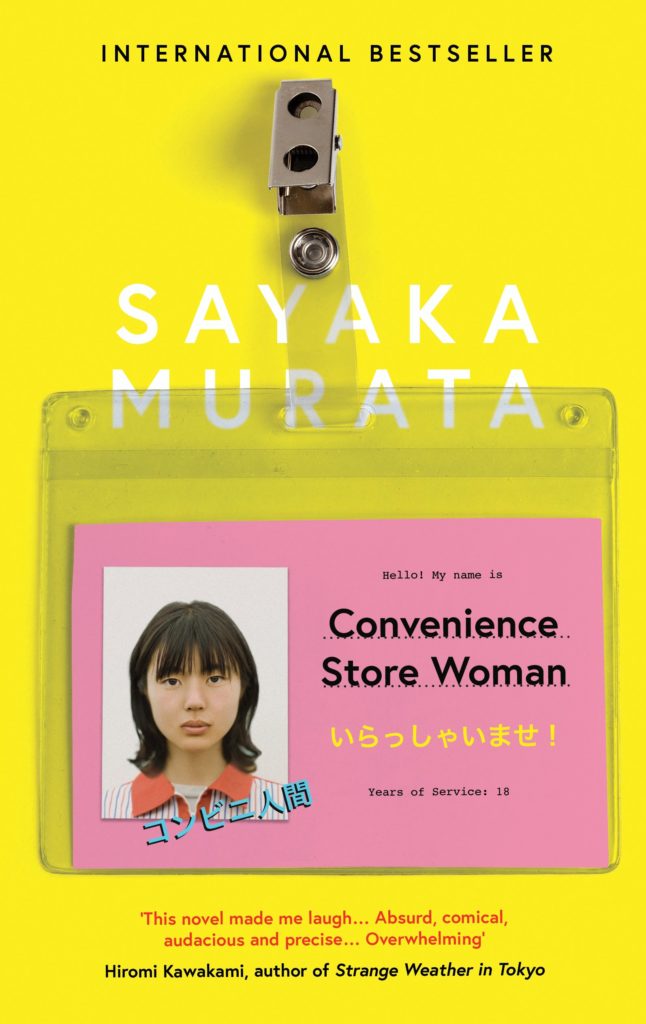
Jenny Landreth
Parenting goals: my son bought me Convenience Store Woman by Sayaka Murata (translated by Ginny Tapley Takimori) thinking it might be my kind of thing. He was right. It’s the story of Keiko, a woman in her 30s who doesn’t quite fit with what society expects. Instead she’s found her place working in a Tokyo convenience store, and Murata writes that world with a crisp, idiosyncratic clarity. Loved it.
There’s an unconventional woman in Jessica Francis Kane’s novel Rules For Visiting too. May Attaway, aged 40, gets the unexpected opportunity to visit old friends in a story that’s witty, understatedly clever, and perfectly prickly. Trees feature, and the book has beautiful bonus illustrations by Edward Carey.
I assume that everyone who read Sarah Moss’s Northumbrian-set Ghost Wall did the same as me: got to the end, thought about it for a while, then started again from the beginning. It’s a powerful, evocative tale with real heft. Ghost Wall 2 please.
I was absolutely delighted when The Lido Guide arrived in the post. This practical guide is a labour of love for writers Emma Pusill and Janet Wilkinson, who’ve made an inspirational book that I reckon is pretty essential for anyone who swims.
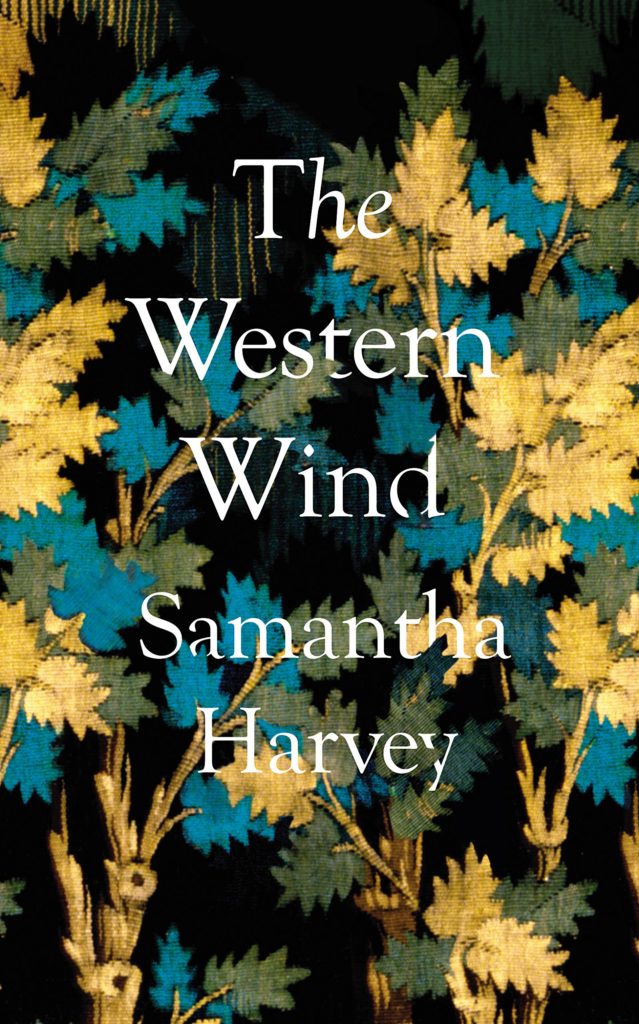
Andy Childs
This year I am slowly learning how to navigate the treacherous waters of literary twitter-hype and as a result have discovered some excellent books that would otherwise have passed me by. Online praise for Samantha Harvey’s 15th Century Somerset novel The Western Wind could hardly have been more profuse but it deserves every word. Likewise Carys Davies’s West, a concise, vivid western that will surely become a film one day. In fact I’ve surprised myself with the number of novels I’ve read so far this year; my non-fiction reading usually dominates but I couldn’t deny myself the pleasure of All Among The Barley – as beautiful an evocation of 30s English rural life as you will read – Andrew Miller’s thrilling Now We Shall Be Entirely Free and, being a JFK assassination nerd, Lou Berney’s totally original and compulsive November Road. I also enjoyed enormously The Hopkins Manuscript, a 1939 sci-fi yarn in the H.G.Wells mould that also speaks of our geopolitical crises today. Reviewing books for Caught by the River is of course an honour and a great pleasure and re-reading what I wrote about the Charlie Connelly and Dan Richards books, I stand by every word. Terrific reads both of them.
The Cut Out Girl, Bart Van Es’s extremely moving account of the adoption during the second world war, by his grandparents, of a young Jewish girl and his quest to tell her story, is the best mix of history, memoir and biography that I have read in a long time. It also won last year’s Slightly Foxed biography award so enough said. Another, if totally different, work of historical investigation was Peter Moore’s engrossing history of the ship that famously took Captain Cook on his first trans-global voyage and ended up as a prison ship in the American war of independence. And lastly, two books filled with wisdom, generosity of spirit, and kindness – qualities that we clearly need more of these days. I feel we may only have begun to realise how much we’re going to miss Oliver Sacks, such was his clear-headed, supremely humane approach to life. Everything In Its Place was a real tonic to read. And Marc Hamer’s wonderful How To Catch A Mole took me completely by surprise. It certainly is a book about catching moles but it is also a book of sound philosophy, poignant biography and a zen-like meditation on life and nature. Brilliant. And as rewarding as this year’s reading has so far been I am excited about what’s piled up on my desk awaiting me. Robert Macfarlane’s Underland, Timesong by Julia Blackburn, Chaos by Tom O’Neill, Horizon by Barry Lopez, and Michael Pollan’s How To Change Your Mind to name a notable few. Bliss.
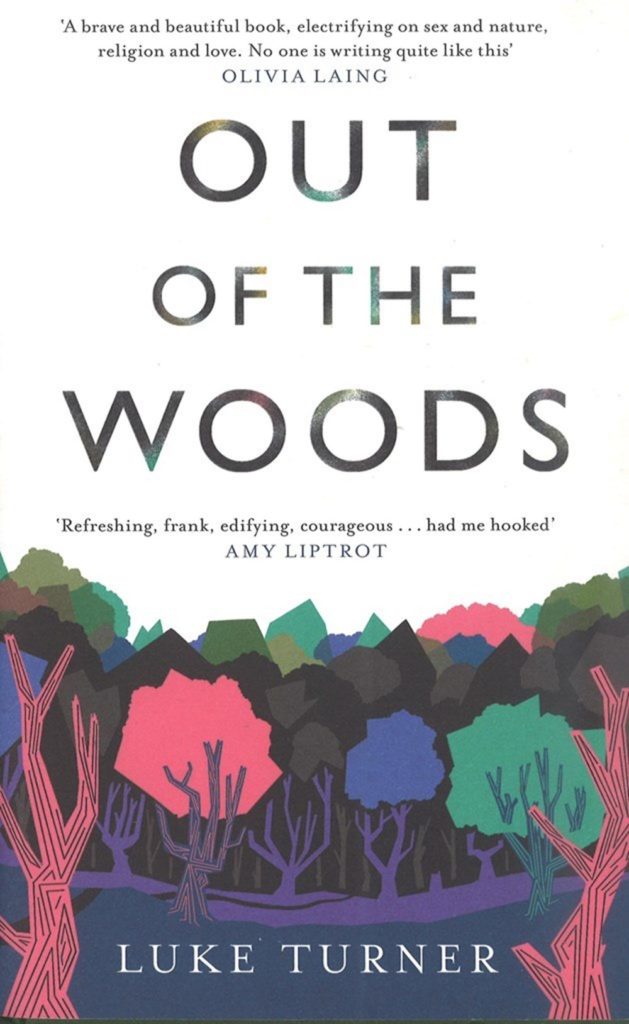
Kirsteen McNish
I first heard Luke read at an event long before Out Of The Woods was published, and within a few sentences he captured the imagination of the audience by somehow threading together a kaleidoscope of ideas as complicated as forests themselves. Here you get drawn into the trees not only because of his deep passion for these sprawling woodlands, but also its history and ecology, alongside family genealogy, religion, and the brutal truths of trauma, abuse and inner conflict within his own sexual identity. Turner doesn’t self-mythologise – rather plumping for exposing his flaws, desires and failings, firmly planted in self-belief one moment, foal-footed and questioning the next. The book also very much puts people in the woods, considers how the woods have always been traversed and occupied– and whilst doing so kind of turns upside down what more traditional nature writing has often come to be. Part of its integrity is its encouragement to cross thresholds, prod the knotty undergrowth, and the reminder that we are “nature”, rather than its lofty voyeurs, and just as vulnerable. It’s a visceral, brave, tender book whose message stays with you long after you close its final pages: we are the forest as much it is us.
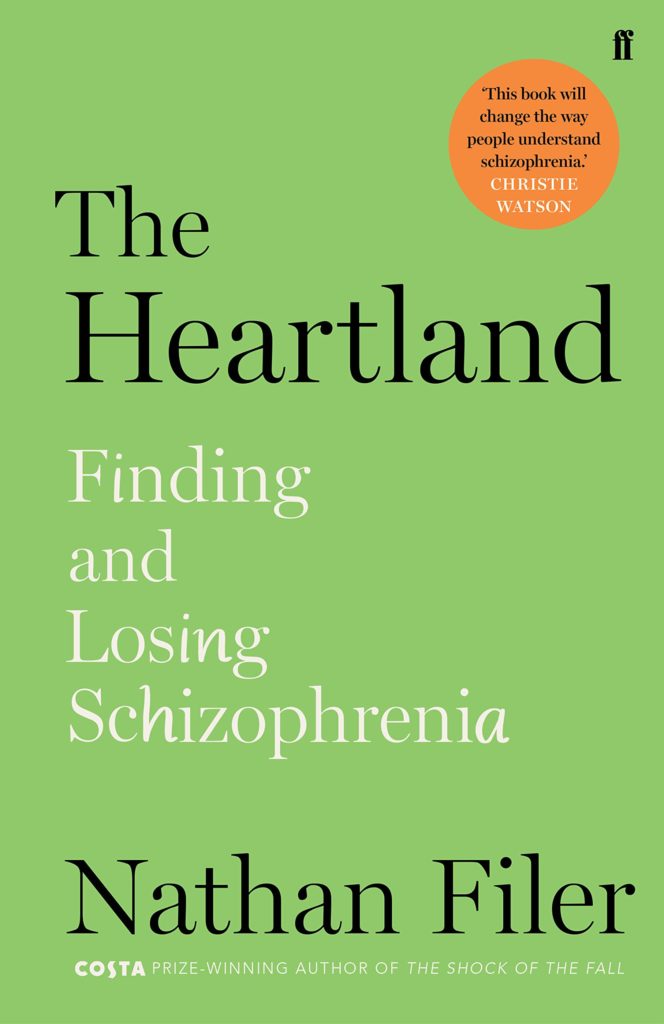
Dan Richards
The best book I’ve read so far this year has been The Heartland – Finding and Losing Schizophrenia by Nathan Filer – mental health nurse and novelist. A brilliantly readable, humane exploration of the contentious terms and attitudes to mental health which examines the worlds of psychology, psychiatry, patient/service users, the psychotic, distressed and dispossessed. Filer manages to unpick and debunk a lot of myths and knotty terms, none more so than ‘schizophrenia’ itself – ‘please remember this: whole lives have disappeared beneath that word’ he cautions, early on. The book is full of interviews with clinicians and ‘clients’ — real life stories of nightmare and bravery, loss of control and rediscovery of ‘balance’ — a central word in this deeply compassionate, objective book which concerns itself with what it means to be ‘at ease’, ‘normal’ and ‘sane.’ A lot of the words in The Heartland are in inverted commas or proceeded with ‘so called’ — so called mental illness reflecting the myriad professional views and lived experiences of those either seeking help or, at the other end of the spectrum, forcibly medicated or committed to a psychiatric hospital. Filer has a knack of leaving space for stories play out and thoughts to percolate — deftly sketching a person’s history, setting a scene then leaving his interviewees to talk but always there to follow up on key points — gently asking former-journalist Erica how it feels to hold the equal and opposite beliefs that she might have committed terrible crimes she can’t recall, that these were thoughts are phantoms of psychosis, and that maybe she isn’t psychotic at all but ‘something else’ … those commas again, a reminder that everyone is wired in a different way, that medicine is an inexact science, that we are works in progress and that life and the mind are innumerable shades of grey matter.
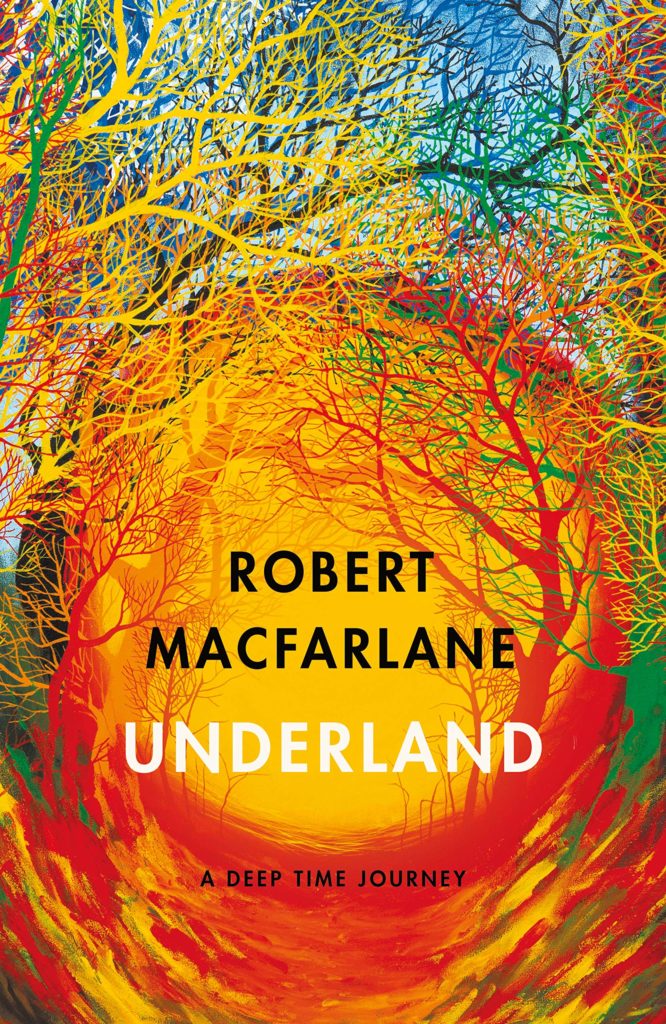
Sue Brooks
Underland by Robert Macfarlane
I lived in this book, waking and sleeping, for five weeks. It was a turning point in facing up to the realities of the Anthropocene: a deep-time experience, as Robert describes it himself. And I have changed as a result. I haven’t been a group person, or a campaigner in the recent past, preferring to leave it to others with greater commitment, but I am now, much more than ever before. Force yourself to see more deeply. What kind of ancestor will you be?
The Making of Poetry by Adam Nicolson
I’ve just finished this, and what a delight it has been. Three weeks of living with Samuel Taylor Coleridge in 1797/98. The Wordsworths are there too – William and Dorothy, and all the other people who gathered around Coleridge in the full flood of his life, aged 24 – but Coleridge is the star. In the writing of it Adam Nicolson rented a cottage near Nether Stowey and Alfoxden House in the Quantock Hills in Somerset, and walked the walks and sat under the trees. He was joined sometimes by his friend Tom Hammick who created the illustrations for the book. It is a marvellous evocation of place and poetry: a work of scholarship with a light touch. ‘No room in the world’ he writes, ‘was closed to Coleridge. As he said to a friend I hate the word BUT. Every connection needed to be an AND.’I’m planning to walk one of the walks next week. May the spirit of Coleridge be with me.
*
You can read Round 1 of our contributors’ favourite books of 2019 so far here.